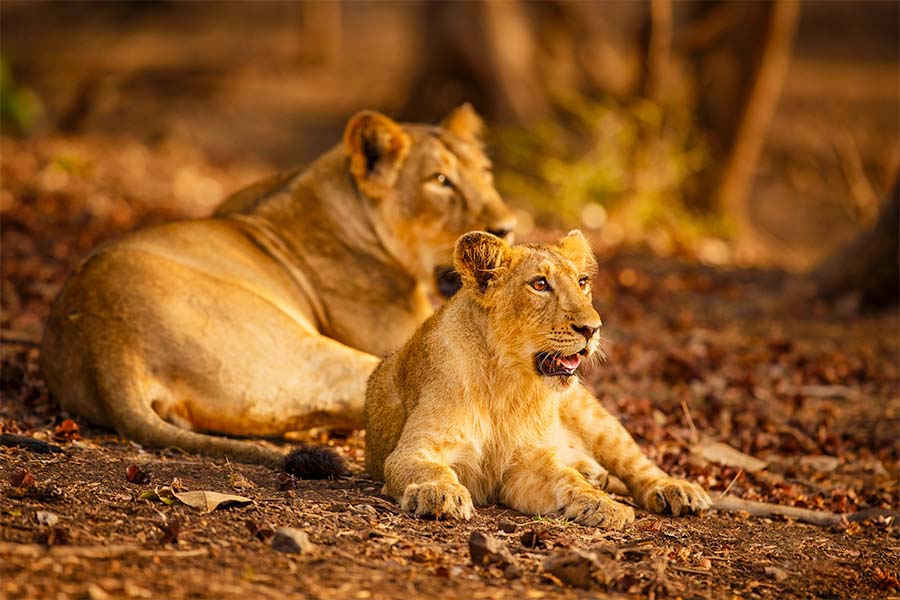
India’s wildlife is uniquely varied, home to iconic species like tigers, elephants, one-horned rhinos and the treasures such as the Nilgiri tahr and Asiatic lion. These creatures are found across varied habitats from lush-green rainforests to the arid deserts, making it an adventurous experience to explore the wildlife of India. Choosing Wildlife Holiday Packages India will let you have the best wildlife tour.
India offers a charismatic wildlife experience with its unmatched rich biodiversity, a haven for iconic species like Bengal tigers, tigers, elephants, one-horned rhinos, Nilgiri tahr, and Asiatic lions, and exceptional ecosystems ranging from the mountains of the Himalayan to the lush-green dense rainforests and desert landscapes.
Here is a list of the best wildlife sanctuaries in India that travelers will have an idea to include in their Wildlife Tour Packages India for having a diverse experience.

Jim Corbett National Park in Uttarakhand, India is the oldest national park, is famous for its blooming population of Bengal tigers and other varied species of wildlife, making it a important spot to observe these wild creatures. What sets it apart is its location, which is surrounded by striking landscapes of thick forests and riverine belts.
Historical importance: Established in 1936, and is the first national park in Asia.
What to expect in Jim Corbett National Park?
How to reach Jim Corbett National Park?
Jim Corbett National Park can be reached by train from Delhi to Ramnagar railway station (12 km from the park), by road from Delhi (240 km), or by air via Pantnagar Airport (80 km away).
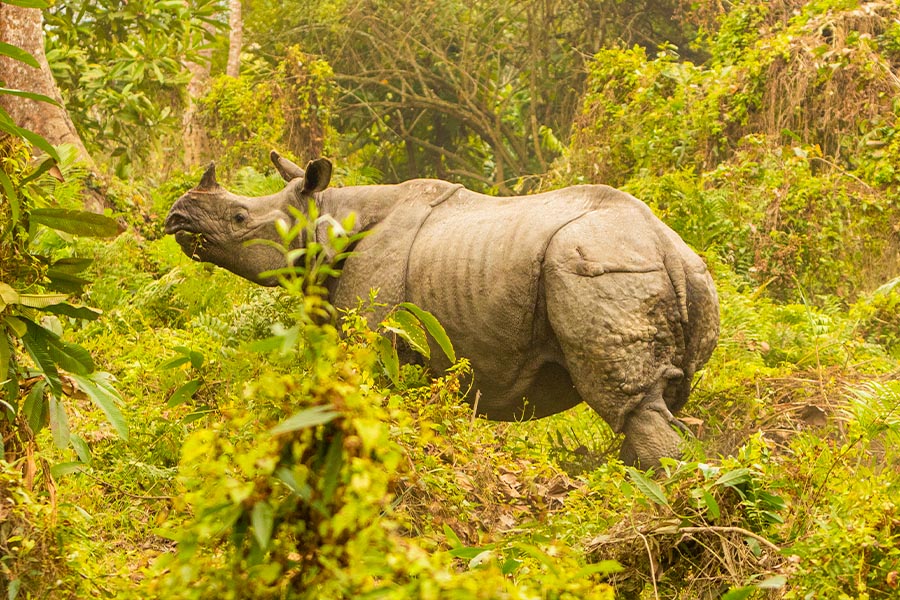
Kaziranga National Park in Assam designated as a UNESCO World Heritage Site, as it is home to the thriving population of one-horned rhinoceroses, which is the highest in world, nowhere to be found, and other diverse wildlife creatures, dense forests and lush grasslands by the Brahmaputra River.
Best Time to Visit: November to April, perfect for safaris and wildlife sightings.
What to expect in Kaziranga National Park?
How to reach Kaziranga National Park?
Kaziranga National Park can be reached by air via Jorhat Airport (97 km away), by road from Guwahati (220 km), by train to Furkating Junction (75 km from the park).
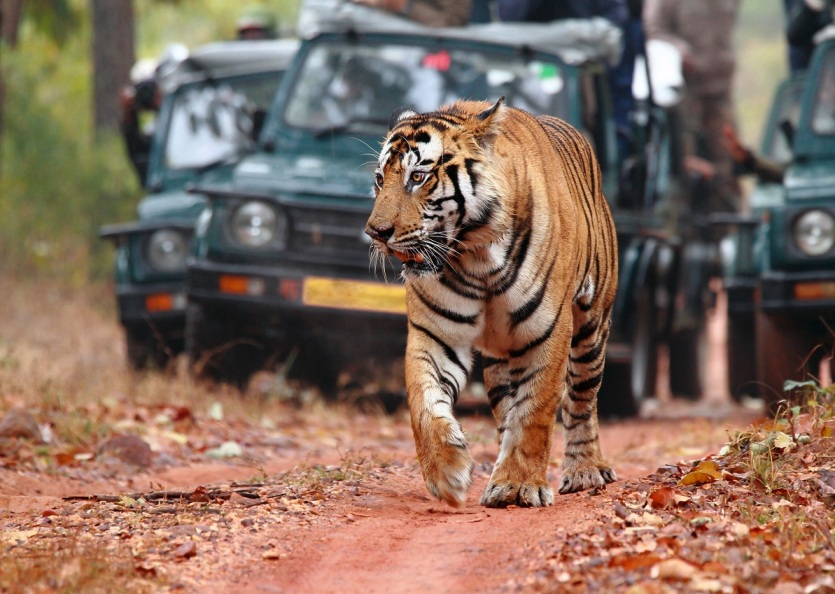
Ranthambore National Park in Rajasthan is a famous wildlife sanctuary home to majestic Bengal tigers, ancient Ranthambore Fort, and the striking landscapes of dry deciduous forests and grasslands.
What to expect in Ranthambore National Park?
How to reach Ranthambore National Park?
Ranthambore National Park is easily reachable by train to Sawai Madhopur railway station (10 km from the park), by road from Jaipur (180 km), or by flight via Jaipur International Airport (160 km away).
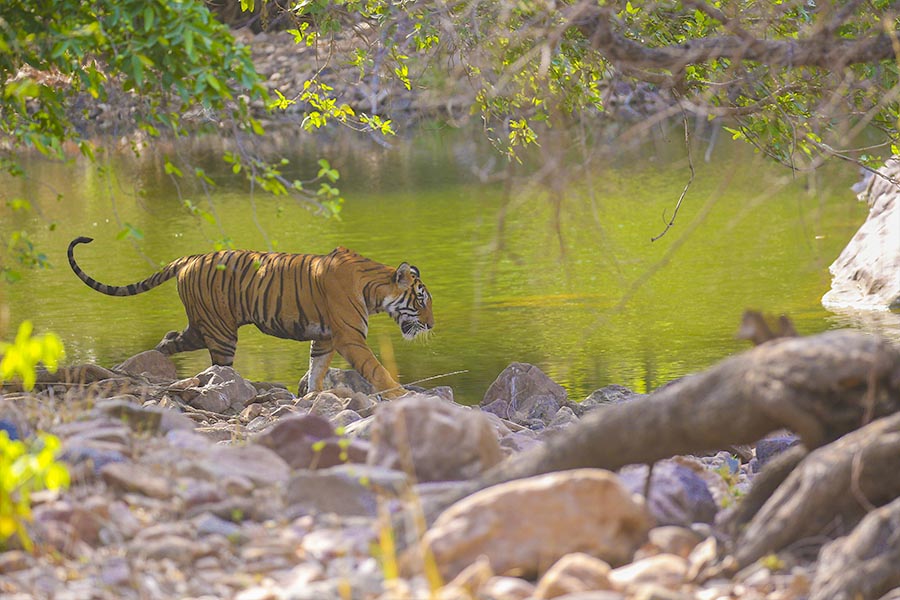
Sundarbans National Park in West Bengal, a UNESCO World Heritage Site, is famous for its unique mangrove ecosystem, rich biodiversity, and the elusive Bengal tigers that inhabit its dense, tidal forests.
What to expect in Sundarbans National Park?
How to reach Sundarbans National Park?
Tourists can easily reach Sundarbans National Park by road from Kolkata which is around 100 km, then a boat ride from nearby places like Gosaba or Canning to visit the park and its waterways and to explore the wildlife. The best is to opt for Wildlife Tour Packages India for a stress-free tour experience.
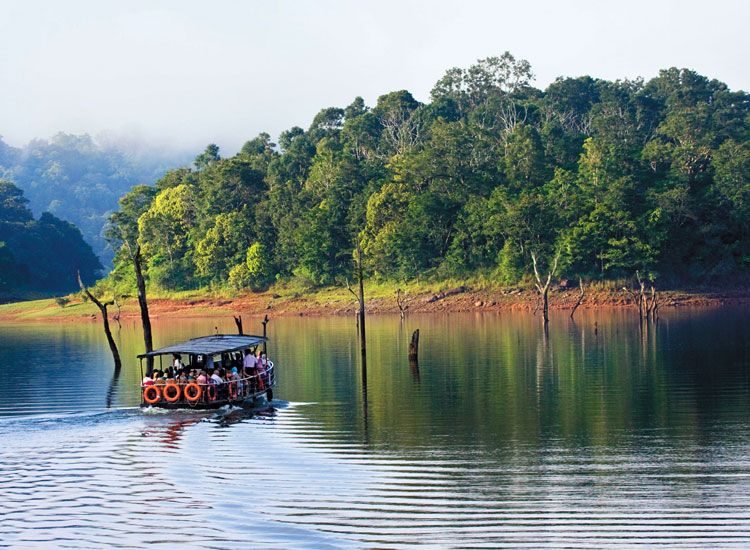
Periyar Wildlife Sanctuary in Kerala, is famous for its verdant forests, enchanting lake, and is home to a large population of elephants, tigers, and other different species of wildlife, and lets you have a both boat safaris and nature walks.
Best Time to Visit: October to June, it is the best time to opt for wildlife.
What to expect in Periyar Wildlife Sanctuary?
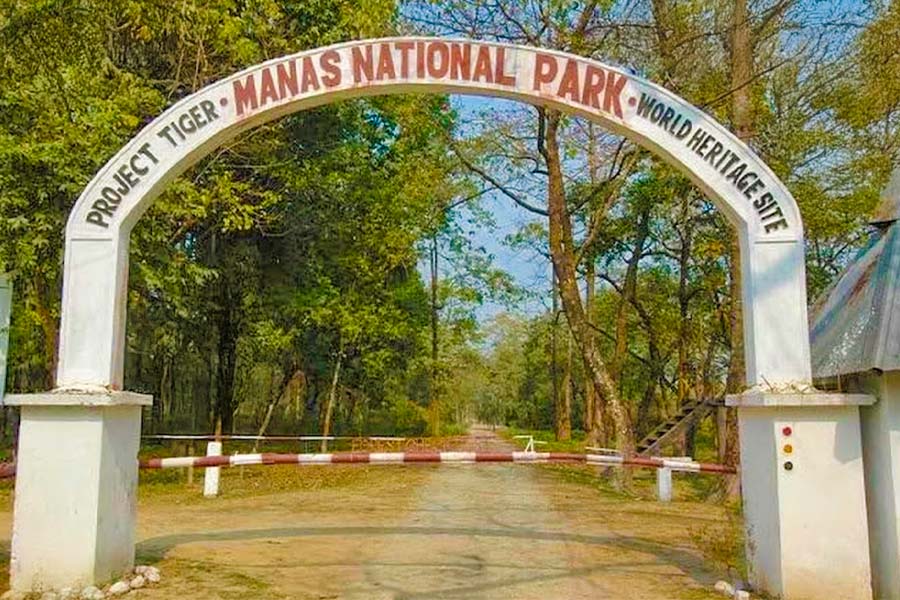
Manas National Park in Assam, designated as a UNESCO World Heritage Site, and a part of the park shares its international border with Bhutan. This exotic wildlife national park is renowned for its dramatic landscapes, varied species of plants, trees and shrubs and bushes, rich biodiversity, and home to the rare and endangered Assam roofed turtle. Also, houses the other wildlife like tigers, elephants, and rhinoceros.
Cultural importance: The Park offers a unique cultural experience as it shares its international border with Bhutan border (Assam-Bhutan Border).
Best Time to Visit: November to April, considered the best time as during this time you will have a chance to see the wildlife and the weather is favorable.
What to expect in Manas National Park in Assam?
How to reach Manas National Park in Assam?
Manas National Park can be reached by train to Barpeta Road Railway Station (25 km from the park), by road from Guwahati (176 km), or by air via Lokpriya Gopinath Bordoloi International Airport in Guwahati (174 km away). Once you reach Guwahati international Airport you can either take a train or opt for a taxi that will drive you all the way to Manas National Park in Barpeta.
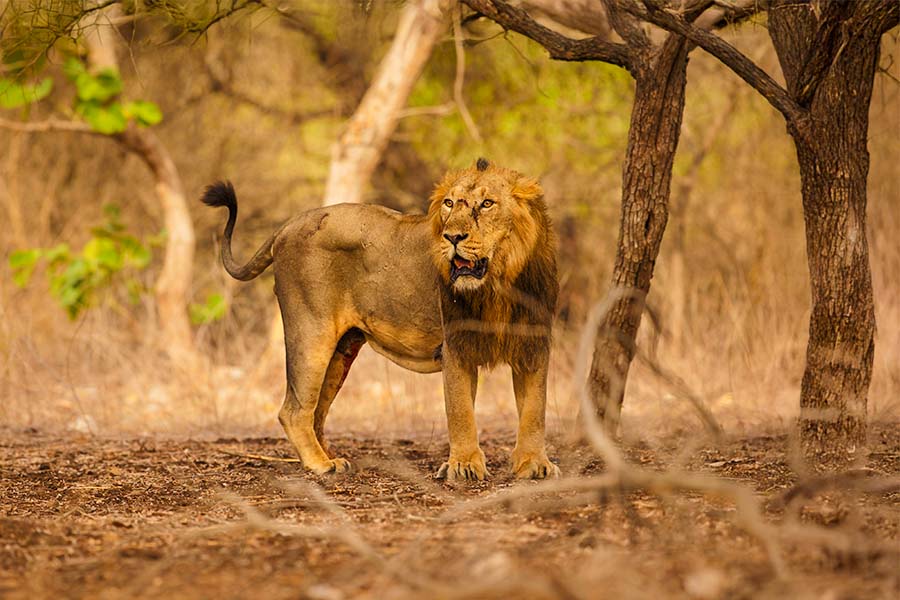
Gir Forest National Park in Gujarat is home to the Asiatic lions, contributing a unique wildlife experience and is famous for its rich biodiversity, including leopards, deer, and assorted species of bird.
Best Time to Visit: December to March is considered the best time as during this time you will have a chance to see the wildlife and the weather is pleasing.
Cultural importance: Know about the culture of the region by visiting the nearby villages located near the park and the ancient temples.
What to expect in Gir Forest National Park in Gujarat?
How to reach Gir Forest National Park?
Gir Forest National Park can be reached by air via Diu Airport (90 km away), by train to the Sasan Gir Railway Station (15 km from the park), or by road from Junagadh (65 km).
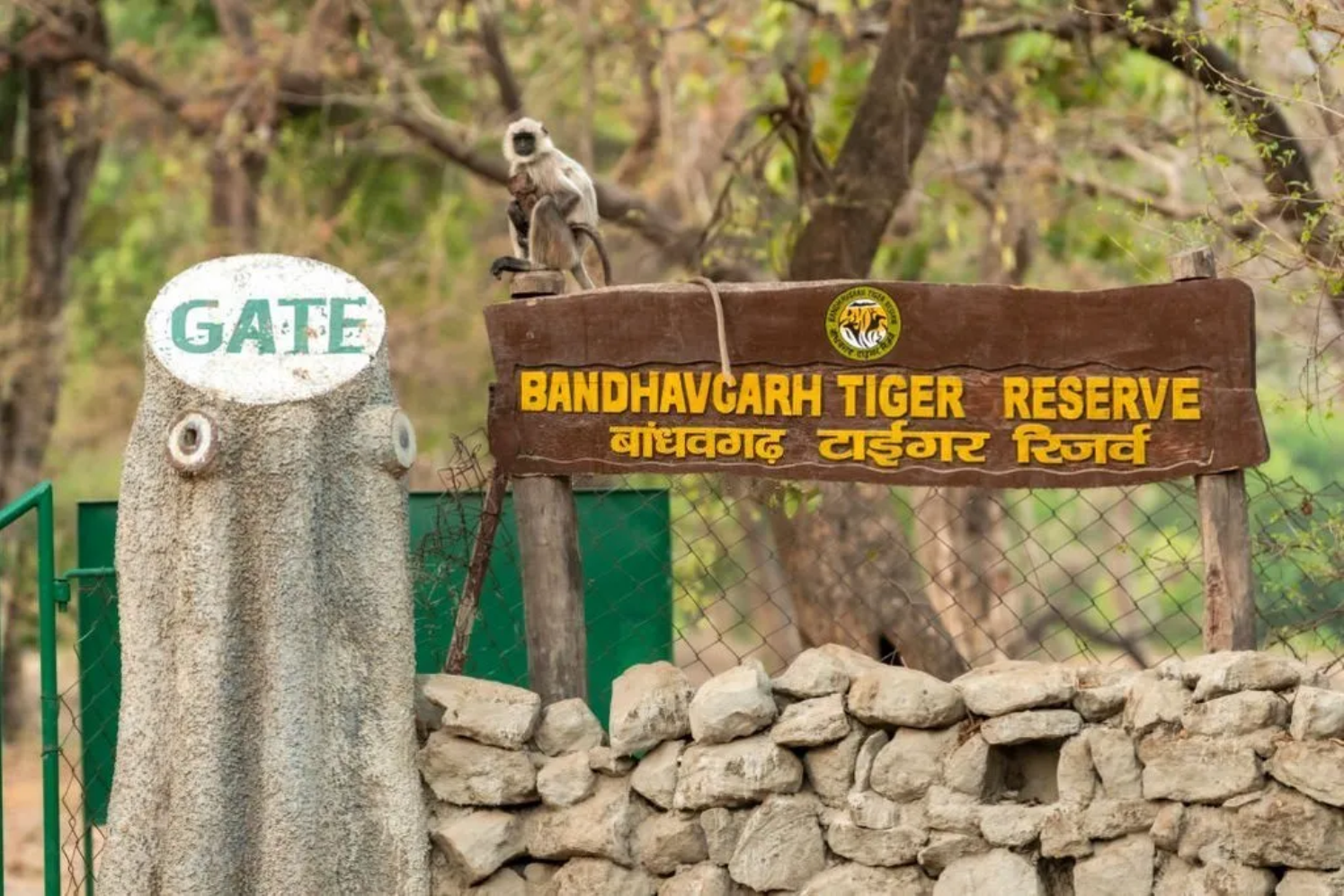
Bandhavgarh National Park is located in Madhya Pradesh is house a large population of Bengal tigers, and other wildlife. Other attraction of this national park is the historic Bandhavgarh Fort, situated amidst the forest and offering astonishing views.
Cultural importance: The Park comprises of a fort, ancient temples and caves, providing an immersive cultural and historical experience.
Best Time to Visit: October to April is considered the best season; the peak safari season is from March to June.
What to expect in Bandhavgarh National Park, Madhya Pradesh?
How to reach Bandhavgarh National Park, Madhya Pradesh?
Bandhavgarh National Park can be reached by train to Umaria Railway Station (35 km from the park), by air via Jabalpur Airport (150 km away) or by road from Jabalpur (170 km).
The above list comprises of some of the top wildlife national parks in India, there are many other as well which you can add to your bucket list. But make sure to include this wildlife places for having the best wildlife exploration tour in India.
With the help of Wildlife Holiday Packages India you will have the best wildlife exploration ever, exploring the jungles and forests of India, each with its unique habitat and provides the best wildlife, cultural and historical experience.
Exploring the jungles and forests of India is one of the best experiences that you must definitely opt for as you will be able to explore the different wildlife of the country with different habitats and geographical difference.
Planning your trip to India? Contact our travel expert for personalized itineraries and seamless travel experiences. Discover the beauty of India with Gov. approved best inbound tour operators in India send your enquiry :https://wildlife-travel-india.com/tour-enquiry
Copyright 2023, All Rights Reserved.